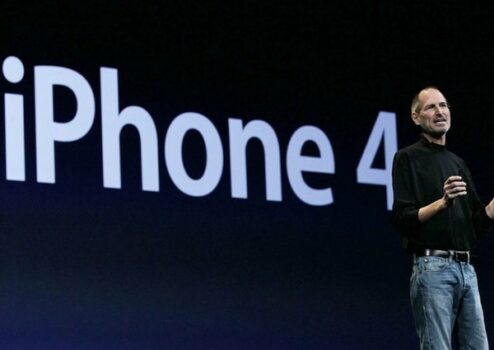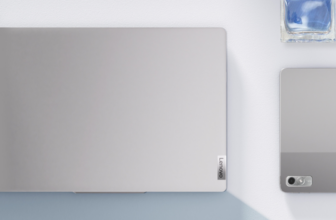Since the launch of the first iMac in the 1990s, the “i” prefix has been Apple’s iconic symbol. This “Apple product naming evolution” began with the iMac and extended to various devices and services. However, since the launch of the first-generation iPad in 2010, Apple seems not to like using this prefix as much.
Sure, iPhone and iPad still have “i”s in their names, but we haven’t seen any mention of iWatch or iTV, let alone iVision Pro. Since the huge success of the iMac in 1998, Apple has given “i” names to about 30 products, covering all fields of hardware, software, and services.
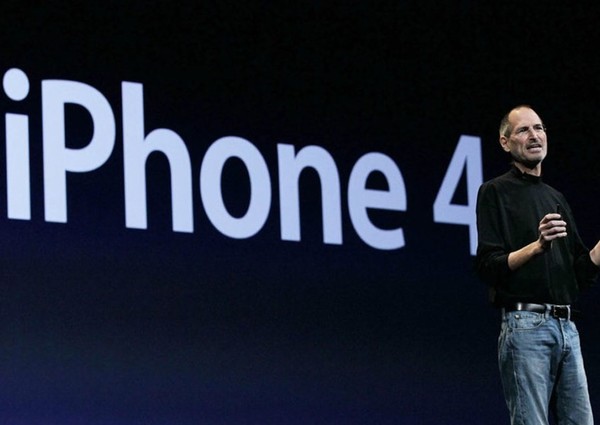
Although this is just a letter, it is closely connected with the Apple brand, so much so that even today, some people still habitually refer to Apple Watch as iWatch. This iconic “i” prefix was central to the Apple product naming evolution, helping define the company’s identity for years. Although the last time Apple used the “i” prefix to launch a new product was iCloud and iAd in 2011, the influence of this naming continues. The last new hardware product starting with “i” dates back to the 2010 iPad, marking a significant point in the Apple product naming evolution.
When Apple started giving up “i”
It might just be a coincidence, but the iPad also happens to be the last new hardware product that Jobs himself launched. There’s no doubt that Jobs loved the “i” prefix, as the man who came up with the idea said so himself.
Marketing guru Ken Siegel once quipped in an interview: “I tried my best to make this ‘i’ popular for a long time. I came up with the concept of this ‘i’ on the original iMac, and it made people tell me The story is quite interesting.”
He also mentioned: “It’s time to retire the ‘i’… It has lost its original meaning.” Siegel explained that Jobs originally reshaped Apple around the letter “i” and the name iMac. Brand, but nowadays, too many companies are following suit and using this prefix.

Siegel also said the “i” prefix cannot be trademarked or otherwise protected. This is probably one of the reasons why Apple is gradually abandoning it.
In 2006, Apple made a rare advance announcement about its TV box product. It was tentatively named “iTV.” However, the name didn’t stick around for long. Britain’s veteran TV network ITV protested. As a result, the product was eventually launched as Apple TV. ITV has been operating in the UK for over 50 years, making it easy to legally prove the priority use of its name. Therefore, Apple had no choice but to change the name.
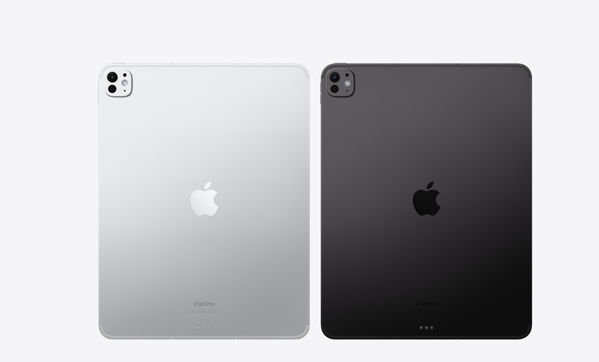
Of course, when Apple chooses product names, it often doesn’t mind whether there are name conflicts with others. Take the iPad, for example. Although Apple later spent years defending the name in legal proceedings, it initially only purchased the rights to use the name directly from Fujitsu.
Recently, a similar situation occurred on Apple Vision Pro, and it seems that the dust has not yet settled. Apple must resolve the trademark dispute related to the name before the product can be launched in China, and the path to resolution is currently unclear.
So the “i” will disappear right?
Apple still has products like the iPhone, iPad, iMac, iCloud, and iMessage. However, iPod and iSight have been phased out. The name iBook was originally used for Apple’s consumer laptops. It later became an app for buying and reading books on the iPad. Eventually, it was changed twice and became Apple Books. The iBooks Store was also renamed.
Products like iTools, iDisk, iWeb, iChat, iSync, iCal, and iMix functions in iTunes have faded into history. Although iTunes is occasionally mentioned, it has been replaced by a new app called Music. Apple is now focusing on promoting Apple Music rather than individual song sales.

iOS and iPadOS still use the old names, and iMovie is still there, but iPhoto has evolved into “photos”. As for iDVD, it now sounds almost synonymous with nostalgia.
The three applications are still nominally part of the “iLife” suite of software. Numbers, Pages, and Keynote are still part of the “iWork” series. However, the “iLife” series has not been updated since 2010. While “iWork” has performed slightly better, it stopped selling physical packaging in 2011.
When Siegel coined the name “iMac,” he likely didn’t anticipate its far-reaching impact. Although he suggested Apple should move away from the “i” prefix, the company has been quietly doing so for many years.
Of course, products are not just about naming, but more importantly, Jobs’ innovative spirit is still deeply rooted in Apple.
Change for the sake of change?
Some marketing experts believe Apple’s decision to abandon the “i” prefix is too radical. After all, it was an integral part of one of the greatest brand logos in history. However, this prefix is difficult to protect legally. For a long time, many companies have used the “i” to highlight their Internet connectivity features. This became a problem for Apple, which is known for its innovation.
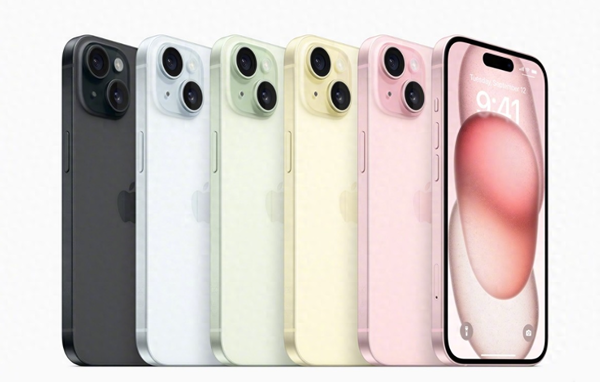
He also realizes that Apple may now be more reluctant to change product names. In 2006, it changed its name from “PowerBook” to “MacBook.” As a large company, Apple is more cautious with changes. An incorrect decision could affect many jobs.
Also, the iPhone has become the most successful product in history. If Apple wants to change its name, it must have a good reason. Just the decrease in enthusiasm for the letter “i” is not enough motivation to change such a deeply rooted brand identity.
For more on branding and tech trends, visit Tiny Deals Blog.
